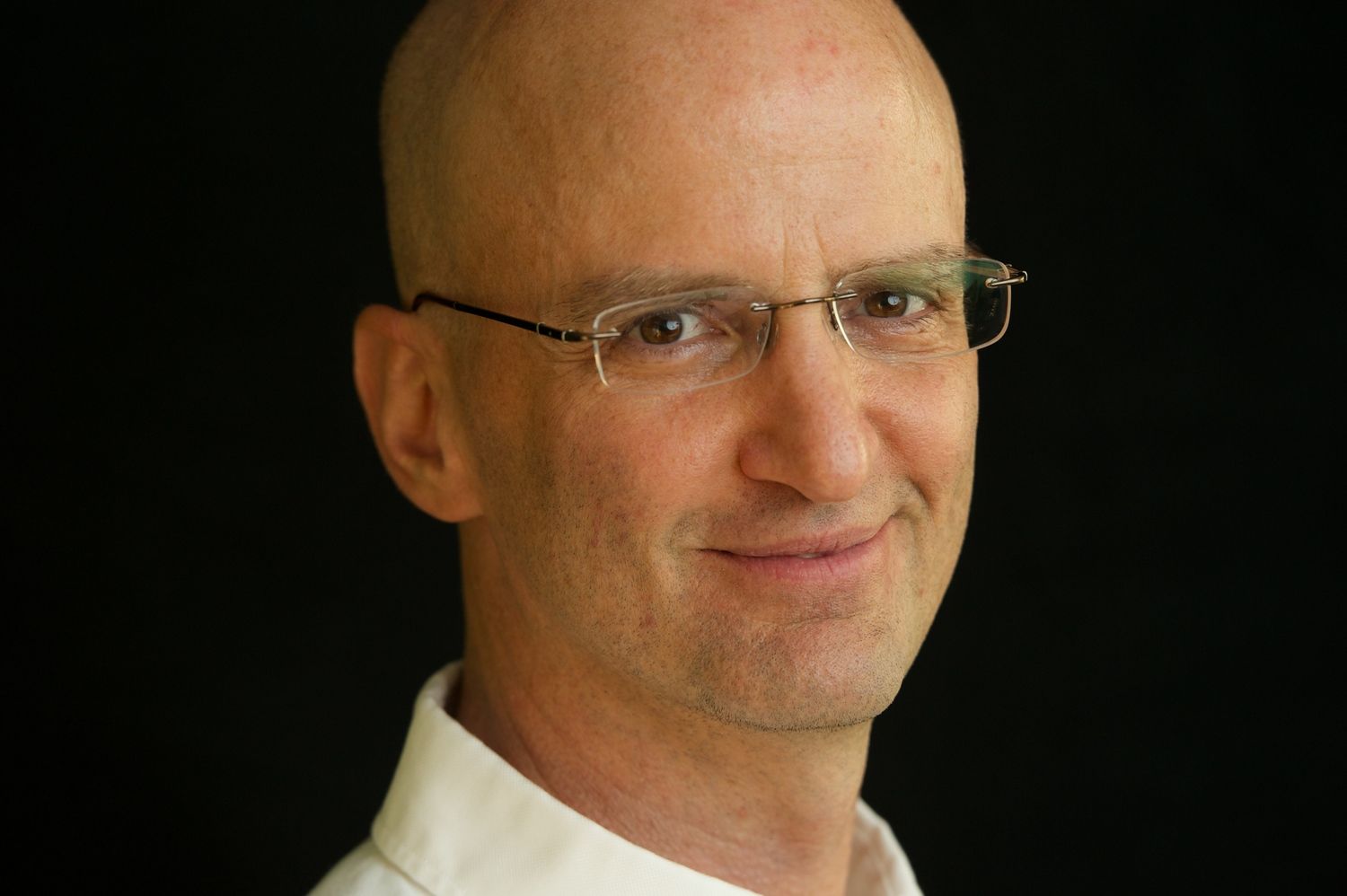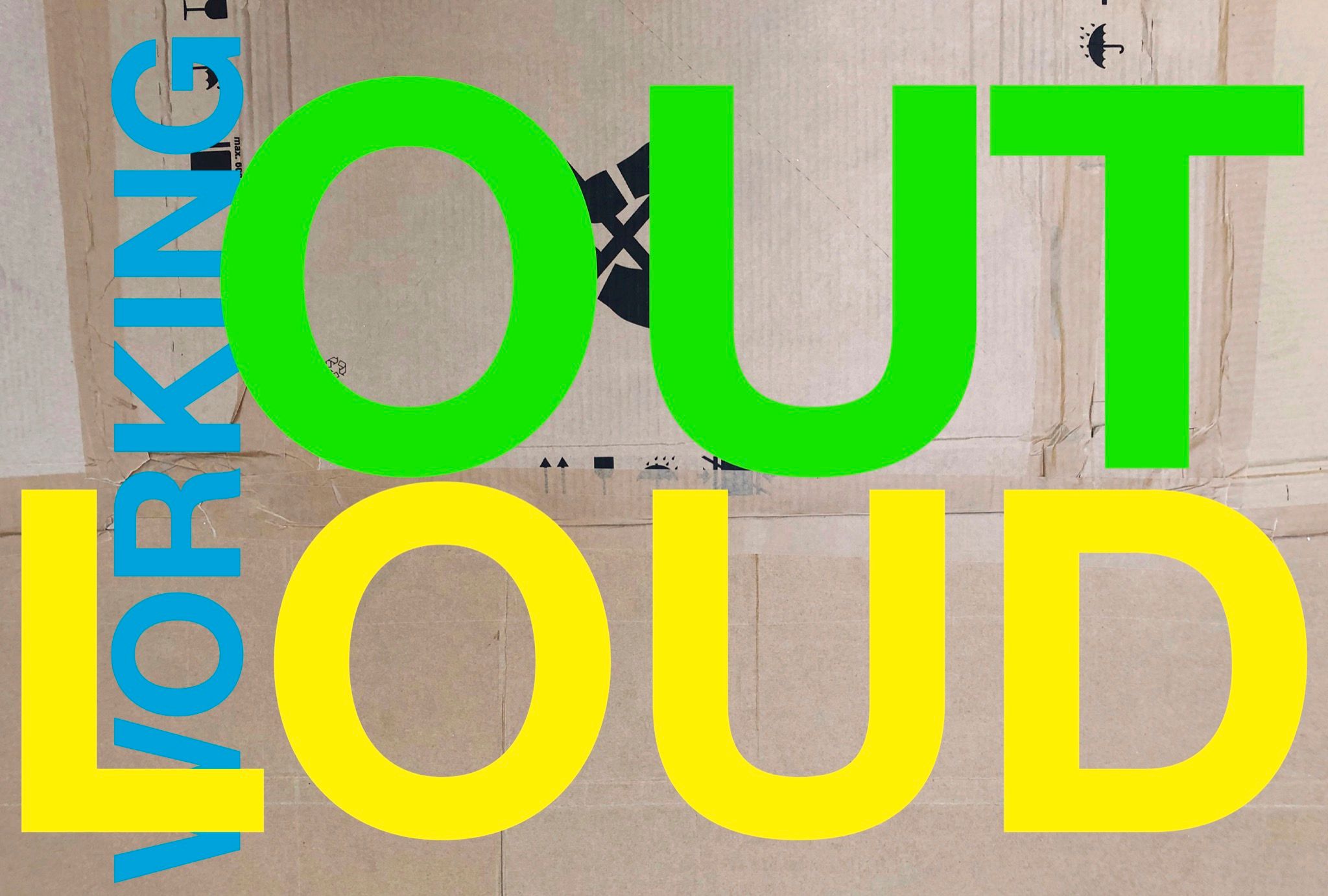Working Out Loud (Part II): An Interview with KATHARINA KRENTZ, Consultant at ROBERT BOSCH GmbH
|VICTORIA CAMBLIN
Katharina Krentz got into social media in its early years to keep in touch with friends and family after a move from Germany to the United States in 2005. She’s been inhouse at Robert Bosch GmbH for almost 15 years, occupying a range of roles in community management. She’s brought her natural penchant for networking – and her vast network in German industry – to the electronics and engineering giant, leading efforts to modernize how the company’s employees interact, collaborate, and innovate, from the factory floor to the executive suite. Krentz discovered Working Out Loud in 2015, and considers it “the most powerful change tool” ever used at Bosch, capable of adapting old-school megacorporations to the effects of digital culture – and of evolving the people there at the same time. If Krentz’ goal to create a more agile and connected workforce in a company with more than 400,000 people on its payroll seems quixotic, consider this: Bosch is a global leader in the production and development of automotive parts, power tools, security systems, home appliances, cloud computing, mobility solutions such as self-driving vehicles, and the Internet of Things (IoT), and thanks to her, thousands of its employees are already working out loud. Krentz discusses this new culture of change, one that values openness and the sharing of information in an increasingly complicated global environment.

“Passionate about New Work & Collaboration: Founder, Guide, Consultant, Trainer, Speaker & Change Agent, certified Working Out Loud Coach”
What drew you to WOL?
It was 2012, when internal community management was still totally unknown. We did a big central project to set up a digital collaboration platform based on IBM Connections – the big three were IBM Connections, Jive, and SharePoint – to have one platform where you could collaborate with everybody, where you could communicate in a very transparent and open way. We were always talking about self-organization and self-directed learning, and becoming more autonomous, encouraging greater self-responsibility. We saw very innovative and creative people asking for more freedom to act. But people were socialized in silos, in peer processes, and they were waiting for management to decide, waiting for management to go first and make suggestions about what to learn – very typical industrial age.
Was there something specific in the global technological or social climate of the early 2010s, a shift that made this change at Bosch urgent?
It was the understanding that we had changed to a VUCA world: volatility, uncertainty, complexity, and ambiguity. We saw that business models were changing a lot. We saw that, based on the Internet, technology developed much, much faster. For me, one of the most impressive examples of this is that every year the storage of data gets 50 percent cheaper but 200 percent more effective. That’s really crazy. As a big corporate, we had always been leaders of the pack in terms of technology, but with everything becoming much cheaper, people in their private lives were starting to have the latest tech – every year, the newest smartphone. So that was the big shift we recognized around 2010. Social media and web 2.0 technology created open dialogue on the Internet between customers and companies on a global level. We had been very, very savvy at developing stuff and selling it to customers, but then customers wanted to collaborate with us. Customers knew better than we did about what they needed. Customers became networked and communicated openly, and everybody could see what they were saying. And this is what everybody was facing. We see these shifts as megatrends: digitization is one of them. So are changing demographics – people are becoming older and older – globalization, and urbanization. We recognized that if we wanted to stay successful in the future and continue to strengthen our innovation power, we needed to work in new ways. This digital transformation was also a cultural change, but many companies didn’t know that when they started. We thought that it was all about technology, and that we just had to set up the right platform and everybody would use it. Digitization has created maybe a 180degree change in how we collaborate.
It’s interesting that you say it’s about a culture – so ultimately it wasn’t about any particular networking platform.
They all work so similarly. It’s about connecting to each other, experience, and knowledge about people. Before Internet technology, everything was about personal contact – you had to have met before somehow. Now you really can meet everybody, and there is a very structured approach to doing that, which John put together. His content is not new. He took the best out of eight or nine different techniques from different authors, but the way he put it together – that was really new. It was not rocket science, but it felt a bit like that. Like a revolution in learning.
I understand that you really single-handedly brought that into Bosch. You must have been convinced.
In 2015, I was invited to join a meeting to listen to John Stepper talk about Working Out Loud via Skype. At first, I didn’t get it. I was like, “How is this a method? ‘Circles’? What?” This is typical German engineering, I guess: we need to try out everything on our own first. So I wrote a post on my personal blog and invited my network to try out Working Out Loud. I invited some people who I knew were totally off line, critical people – people who are really tough. I really wanted to know if it worked. A few weeks in, I had this “aha” moment where I recognized that this way of collaboration, this mindset – it’s really possible to learn it. Before, I thought it was a talent that people either have or don’t. For some people, including me, it’s just difficult to share like that. I learned that there is a way to build relationships in a very target oriented way, which is far away from the give-and-take principles I knew. It is really based on altruism: it’s about giving first and taking second. So I decided to bring it to Bosch, and when I do something, I do it in a very consequent way. The WOL program back then was just version 0.4, I guess, in my perfect, industrial world. So we started a great co-creation with John Stepper. It was a journey.
“Maybe the most powerful change tool ever.”
Did those German engineers take to it right away?
At Bosch, we have a lot of people with an engineering mindset – they want to understand things on a logical level. But that is not enough when it comes to collaborating. You need to experience it; you need to bring an emotional understanding. At such a big corporate, it’s not that easy to focus on individuals: we are normally searching for mass solutions. It was and still is a radical mindset shift to be working in an agile mode, using design thinking methods on this scale. We are working with more and more fluid systems, not sticking to the old hierarchies anymore. There is one business unit working with business-purpose teams almost without any hierarchy at all. The world has changed very, very fast over the past ten years. We have to cope with that.
You’re working on this massive scale, but on the individual side, do you see people taking this home with them?
Within Bosch, we have reached out to 4,500 people – yesterday they set up circle number 574; I always get an email – so a bit more than 1 percent of the company is working out loud. We have a feedback survey form: 97 percent of all participants recommend the method to their colleagues, and 75 percent do another circle. We see a lot of Bosch employees helping us to spread the word when they join other events, when they get busy in their private lives or with their sports clubs or whatever. We call it the Amazon principle: people who like this also buy that. It works the same way with Working Out Loud.
So it not only mirrors but also changes how people behave and interact outside of the designated circles and outside of the company.
It does. One of the main things that happens with Working Out Loud is that if you have a new topic or a question you cannot answer, it’s a chance to connect to other people. People don’t put questions to Google anymore. And they don’t fear change anymore. People don’t struggle with complex or complicated topics, because they know the knowledge is out there – the right experience, the right ideas to build on. It’s a totally different approach to solving problems. This is what we want. We want highly connected people who are open minded helping each other, supporting each other, exchanging openly – this is how innovation happens. This is the problem-solving capability that secures and strengthens our innovation power.
What does that innovation look like on the product side of things? New inventions?
A lot of our products, systems, and services can be adapted to other business models, to other products. One example is our lambda sensor, which was originally developed for the automotive engine. Now we also use it as part of ovens to measure temperature – to tell when the cake is ready. Adaptation is something we want to foster. Normally, we don’t sit in the office and think, “I have a lambda sensor, I have a lambda sensor – what else can I use it for?” It’s for cars, you use it for cars. But when you have this great sensor, and you have someone who wants to improve the baking experience, and those people are connected, then these ideas come up.
I hear there are factories at Bosch where people are working out loud, too, and that these programs are totally offline.
There’s a pilot at one of our plants, yes. In the blue-collar program, where there’s a totally different voice and totally different experiences and interests, we’ve seen the same relationship building, the same increase of capabilities and openness. This shows up as not fearing change too – the big change here being that you have to develop yourself further, because in five years, your job might not exist as it does today. Tasks are changing. So this opening up is something that everyone needs to experience. This happens in the small peer support groups, where people really can give their worries a voice – and that doesn’t have to do with using technology. It has to do with opening up to the change we see everywhere.
In big corporate settings, where you’re innovating on the industrial side, there’s a lot that’s confidential – research that can’t be shared due to competition. That also exists in the creative industries. We’re protective of our intellectual and cultural capital, our ideas, in the same way engineers and labs protect their research. Yet to work creatively, you also have to talk to other people. How do you navigate that, particularly when the stakes are so high?
I get a lot of questions around security – because Working Out Loud goes totally against any formal structure. Formally, we are organized in charts and in hierarchies, not in networks. We had a big case study with the University of Potsdam, Germany. They told us that Working Out Loud is a liability. But we also see that these networks are highly efficient and that we need them. It’s up to you to decide if you put something out there, and if you share it. If you meet up with your sports club in the evening, do you share everything? What is defined in our contracts with Bosch has nothing to do with Working Out Loud, which is a method of learning that supports our overall goals. We are doing it because it is a massive cultural change. It fits to our principles of leadership and collaboration and enabling, and allows us to bring them to life. Now we see Working Out Loud as maybe the most powerful change tool ever: when people open up, this has a big impact on the culture. We have not changed the formal structure to reflect that yet, but it will change. I’m convinced.
“The best way to handle complexity is trust.”
This brings me to the question of trust. In the current technological climate, there’s a strange combination of radical openness and increased anxiety around what we put out there on social media, or about what we feed the Amazon algorithm.
We do have a collaboration principle called “transparency as default” within Bosch. So whatever information, whatever data are there, we trust our people; we trust everybody in Bosch – the trainee, the intern, the work placement student, all the way up the ladder. When we have information with a high value that should not become externally available, we put a data security class on that. The development we do in science is really the core of our business. But that core will not survive if we don’t partner with others – it will not exist any longer if we stay alone. We can keep our core knowledge secure because Working Out Loud is not about discussing algorithms in depth. It’s about asking: what will be the computer science language of the future? Which technology do you use for this purpose?
No one’s sharing blueprints for the new factory or engine model.
Right. In fashion: where do you get your cotton? Which partners do you work with? This information is already out there – most people just don’t know with whom to exchange it.
The creative disciplines are increasingly collaborative – it’s a way of sharing not only knowledge but also resources. A small fashion label partners with a bigger one to realize things materially and technologically that they couldn’t have imagined in their workshop or studio.
You can really be the best designer in the world, but if you want to build smart clothes, for example, your design skills are not enough. You need IT people. You need science. There’s a dress from IBM now that changes color based on your energy levels. No designer could build such a dress alone. You need to partner.
And once you find the partner, you have to practice trust.
There is simply no other way. This cultural shift is there – it’s in your private life, it’s in your work life, it’s everywhere. You cannot control what happens to information thanks to the Internet, thanks to the speed and rate of change of technology. And the best way to handle complexity is trust. Connectedness. Everybody has begun to recognize what it means to say that knowledge doesn’t belong to one person alone anymore.
Or even, as you say, with one search engine. There’s something very liberating about this idea that when someone has a question that needs answering, if they’re working out loud, they don’t take it straight to Google – or to their boss.
Are you familiar with Dave Snowden’s Cynefin framework? It’s a model that deals with our transition out of a world that we could understand and control – before the Internet, before globalization. We made the most intelligent person in the room the manager and it was totally fine, because this one person really could give you a direction and decide what’s right or wrong. That simply doesn’t work anymore. Today when you open your car, you can see there is an orange light in your display. But why? There is no single product that causes the effect. It’s an entire ecosystem of very complex sensors, hardware, software. And that’s just one car. If you’re talking about solving problems with urban mobility and automated driving, you need people with different perspectives, different backgrounds, different problem-solving capabilities. This necessity for a network will only increase in the future, as processes become more and more complex.
Credits
- Text: VICTORIA CAMBLIN
- :

